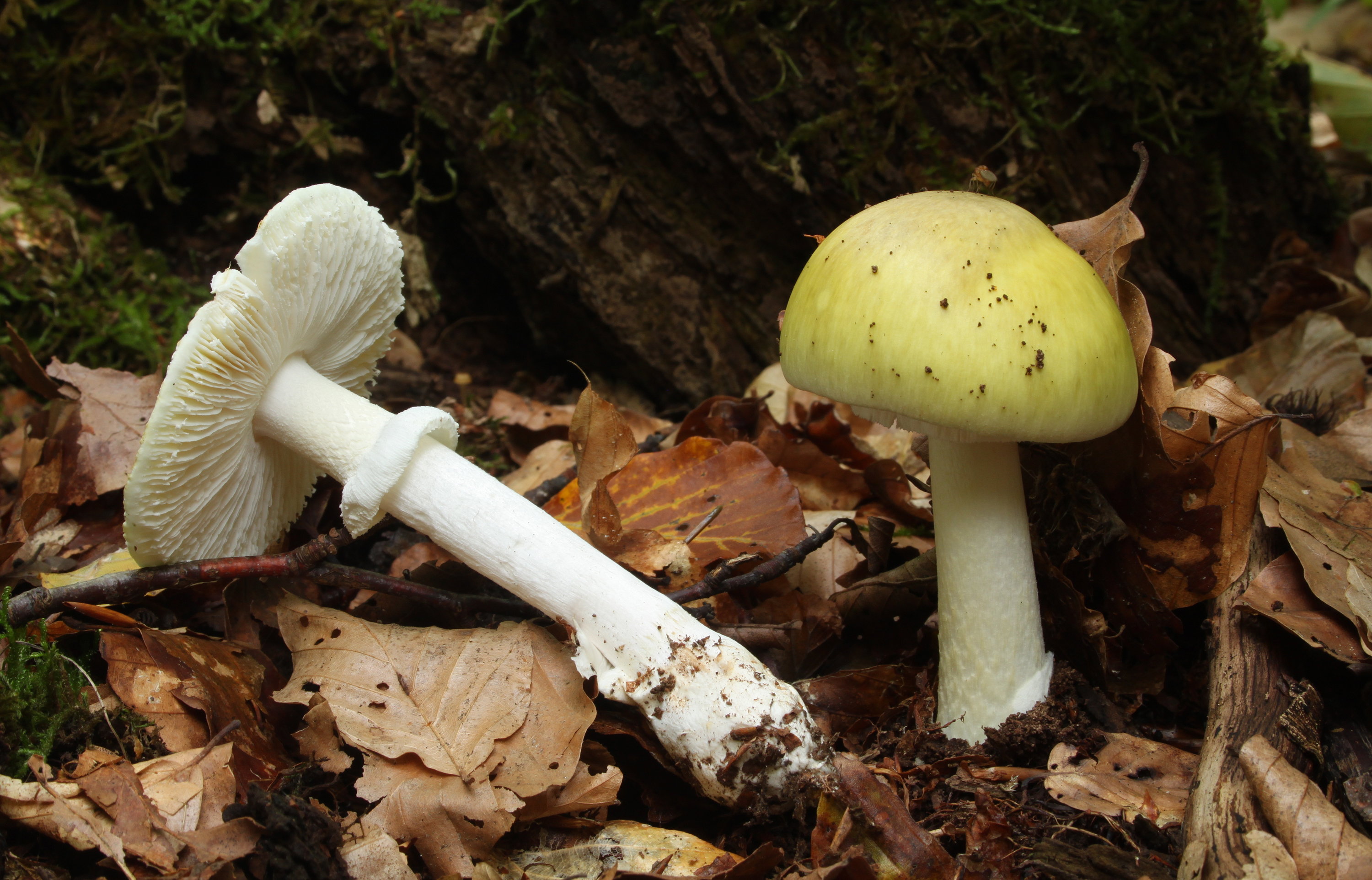An urgent warning has been issued from health officials after poisonous death cap mushrooms have begun increasing in numbers around Melbourne and regional Victoria.
Victoria’s Deputy Chief Health Officer Angie Bone issued the warning earlier this morning following a record number of calls about mushroom poisoning incidents to Victoria’s Poisons Information Centre last year.
In 2020 the centre received 426 calls which was more than double from the past two years.
Bone says that the wet weather has contributed to the increased numbers of the death cap mushrooms.
“The recent conditions have been ideal for poisonous mushrooms, and recent rains have seen them start to sprout in metropolitan Melbourne and regional Victoria,” she said.
“While commercially sold mushrooms are safe, poisonings can occur when people gathering wild mushrooms inadvertently include toxic species. Poisonous mushrooms may appear very similar to edible varieties.”
According to Better Health Channel, there is no home test that can distinguish between edible and poisonous varieties. The only way to tell if a wild mushroom is safe to eat is to have it identified by a mushroom expert.
One death cap mushroom has enough poison to kill a human. During the first 6-12 hours after consumption, there may be no symptoms as the toxin is quietly destroying your liver cells.
In previous years, Melbourne has seen the mushrooms sprout in a number of public areas, including the Domain Gardens and the Botanic Gardens.
Bone says symptoms of poisoning can include violent stomach pains, nausea, vomiting and diarrhoea.
“Symptoms may subside after a day or two – but this doesn’t necessarily mean recovery in the case of Death Cap poisoning… Death can follow within 48 hours from serious liver damage. The Death Cap is extremely toxic and responsible for 90 per cent of all mushroom poisoning deaths,” she said.
Photo: Death Cap, Amanita phalloides by Holger Krisp available HERE and used under a Creative Commons Attribution. The image has not been modified.








